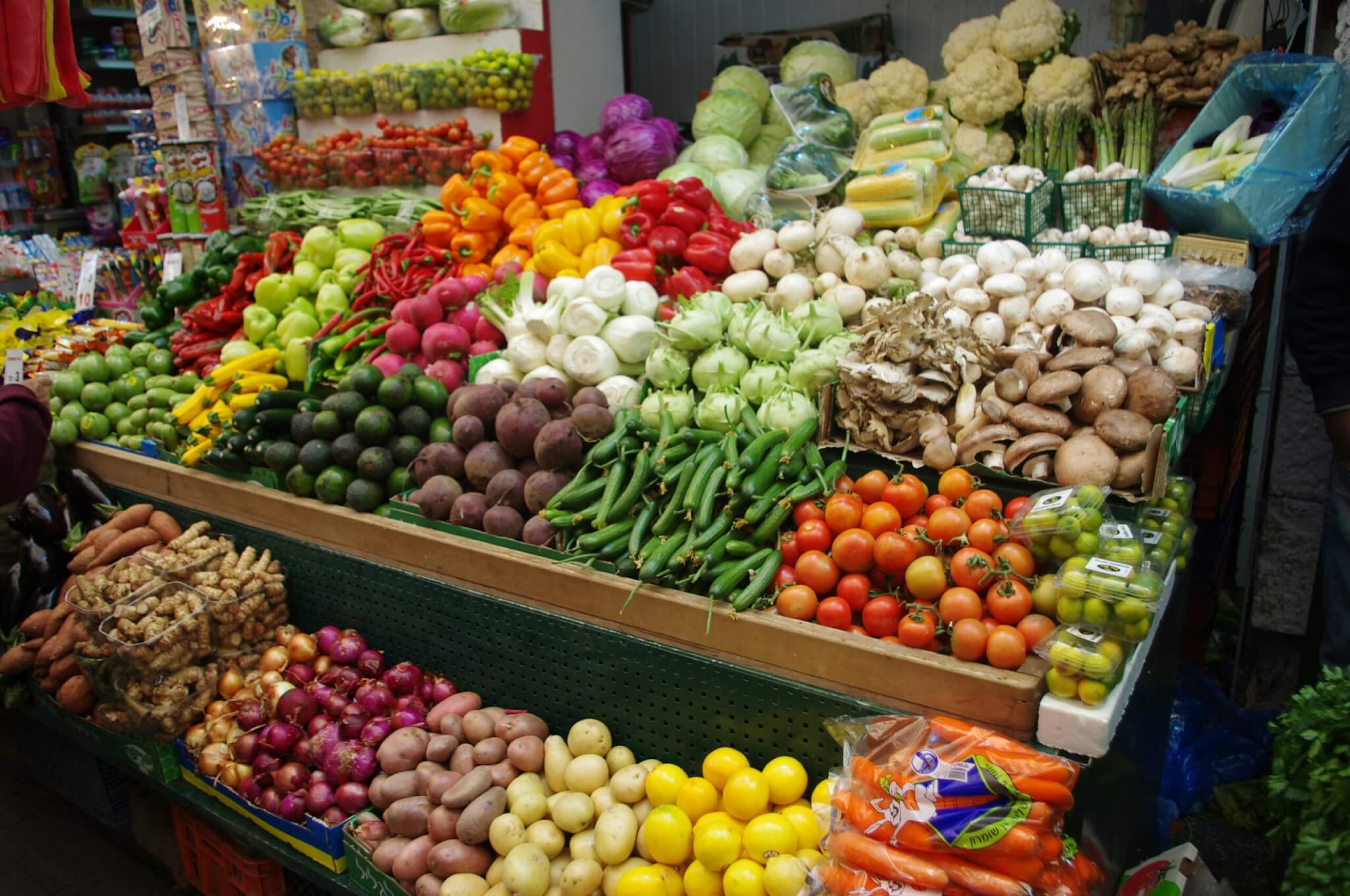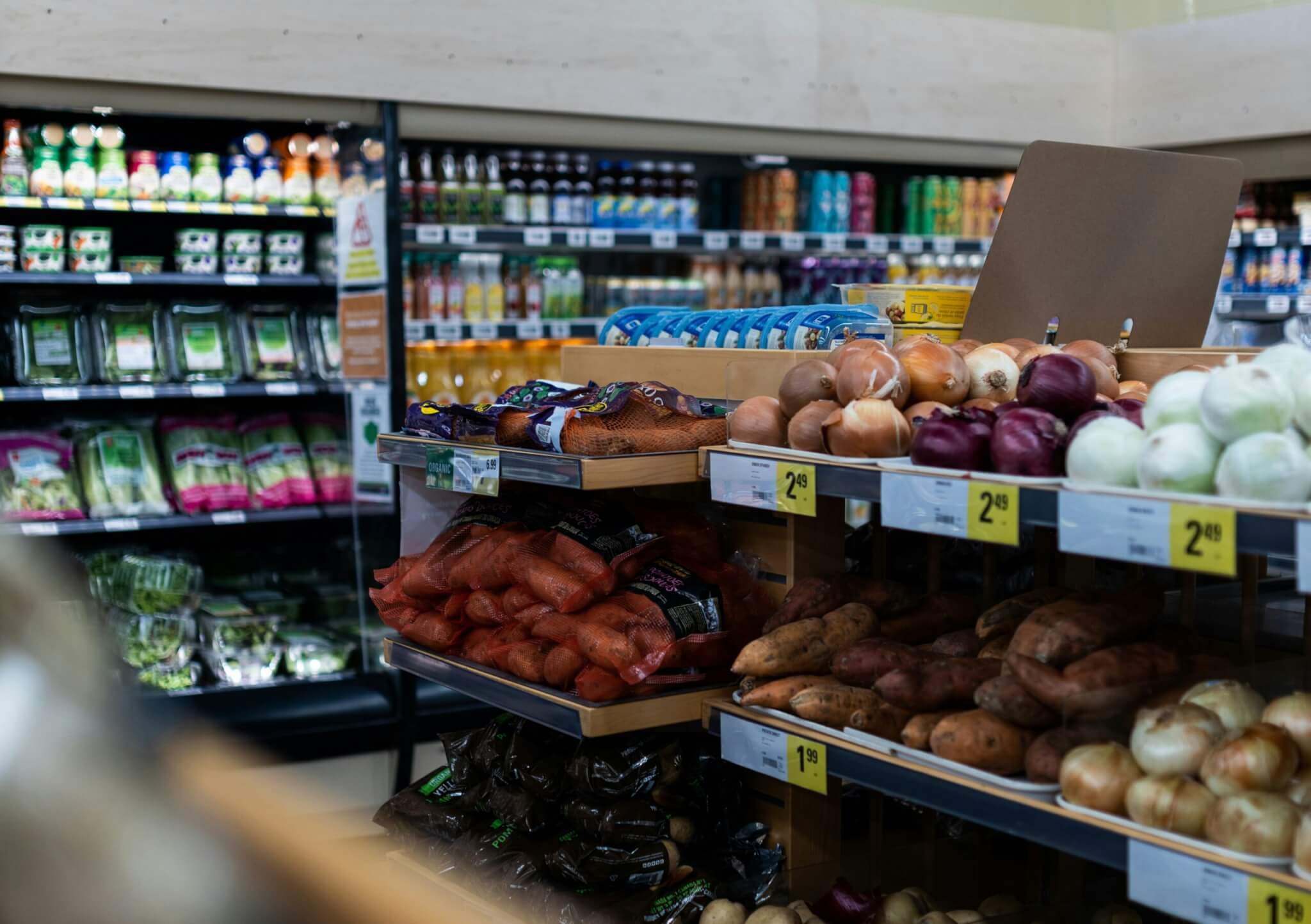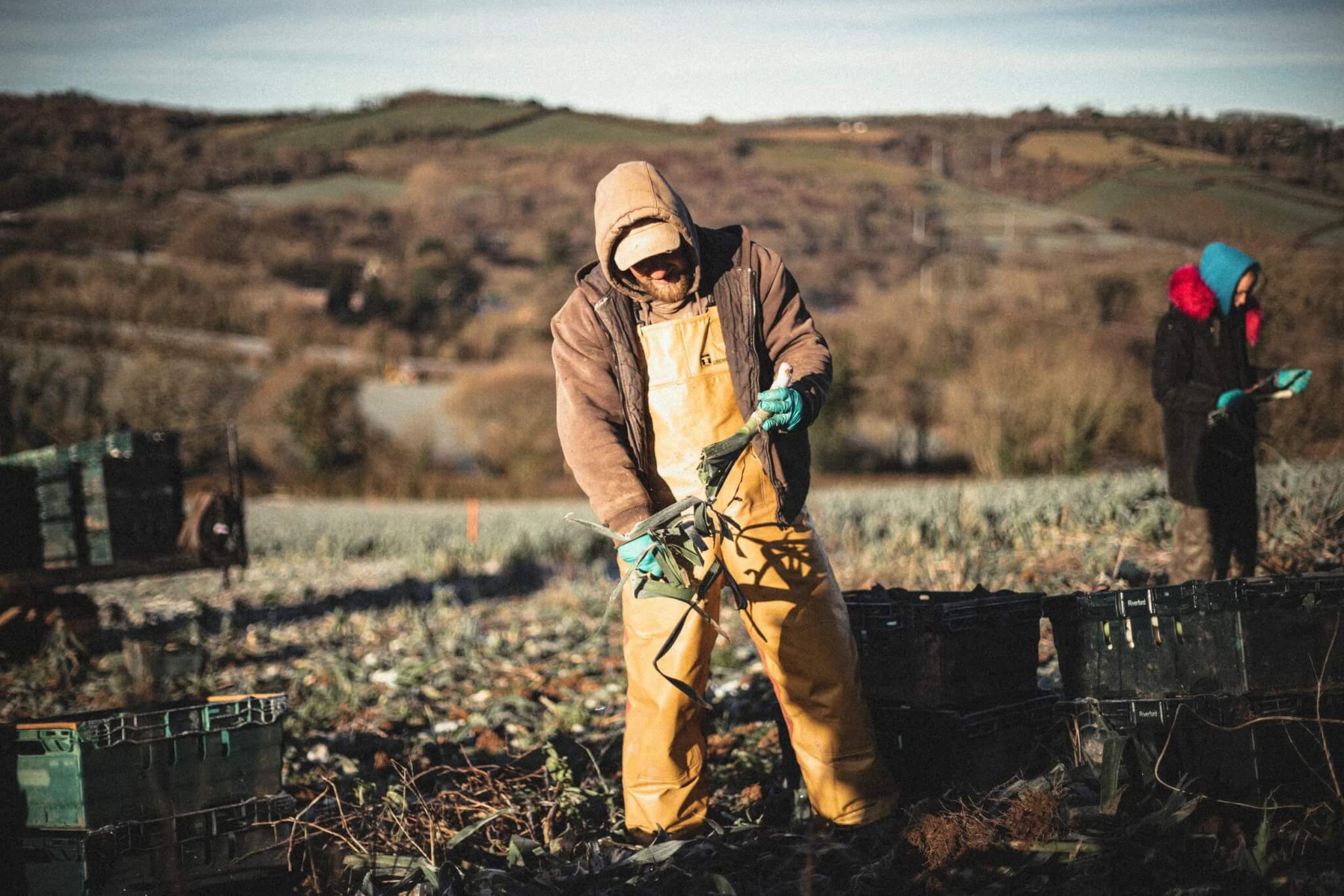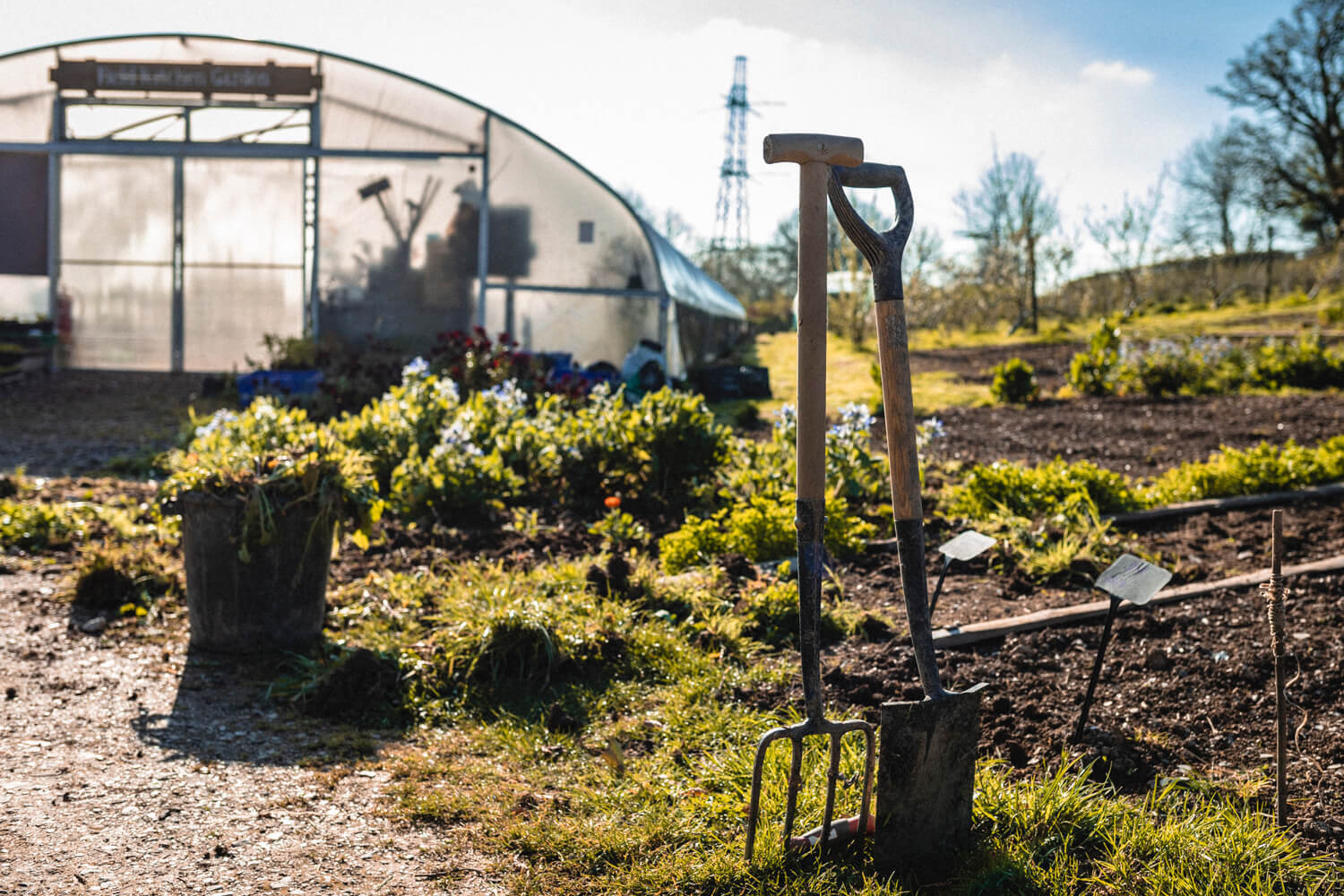Linda McCartney changed my life. Or at least her frozen veggie-burgers did.
Back in the early nineties, teen me watched a BBC2 documentary on factory farming and decided to go vegetarian overnight. There was just one problem: what was I going to eat?
Though my views were leftish, like many teenagers, my diet was deeply conversative. Despite my parents’ best efforts I’d mostly lived off oven chips and frozen fish fingers. So I was never going to fancy the lentil and mushroom-based recipes found in Cranks Cookbook [a classic 1970s vegetarian cookbook] or encouraging leaflets from The Vegetarian Society.
Back then vegetarianism hovered just outside the mainstream. Which meant the kind of big supermarkets my family shopped in didn’t stock vegetarian convenience foods. Plus, the nascent veggie products we found in the few wholefood-centred Essex health stores tasted like cardboard to me.
And that’s where Linda came in. In 1991 she launched a range of frozen ‘beefless burgers’ (and pies, lasagne and much more) made from textured vegetable protein.
For me this was a game-changer. For those of us into beige-based diets, the food was comforting and unthreatening. And they felt kind of cool in a way veggie foods often didn’t. The packaging was slick and the founder was married to the guy who wrote The Frog Song, for goodness’ sake!
Flash forward to 2025 and veggie burgers are now available everywhere, even McDonald’s. But the market is at a crossroads.
Brands and shoppers are busy deciding whether to pursue lines that look ever-more like animal products, try lab-grown meat or go back to more natural ingredients. So what’s next for the humble veggie-burger? And can looking at its past help predict the future?
Countercultural roots
Like many big ideas from the 1960s counterculture, the veggie-burger emerged at the point where ethics met profits.
Throughout the sixties and seventies, hippie entrepreneur brothers Greg and Craig Sams rode the growing interest in macrobiotics and wholefoods, launching restaurants, health food shops and even magazines. By 1982 Greg saw a gap in the market for something new aimed at the growing (but still small) number of UK vegetarians.
The first ever ‘VegeBurger’ (Greg says he invented the name as well as the product) was a dry mix of nuts, seeds and soy protein that came in a foil packet. You added water, formed it into patties and chucked it in the oven.
Opinions on its taste varied (some people complaining it gave them stomachache). But organic consultant Simon Wright, who worked with the Sams brothers, says that at the time it felt like a breakthrough.
“Both Craig and Greg were quite visionary in terms of their ideas of what people should be eating,” he says. “In the early 1980s I don’t remember any vegetarian convenience foods. I mean there might be a few health food shops that made their own veggie patties but we mainly had to cook from scratch all the time. This was different. And it was available too. You could get them from Holland & Barrett and it was in a few supermarkets.”
In true sixties style Greg decided to turn away from food to study fractals – while Craig later made his fortune with Green & Black’s (alongside his organic pioneer wife and co-founder, Jo Fairley-Sams). But what Greg created would have a lasting legacy.
Enter Linda
For a good decade the Sams’ invention dictated what veggie-burgers looked like in the UK. Brands assumed that vegetarians were healthy types – so used seeds or beans (often flecked with bits of sweetcorn or peas). Even the most myopic shoppers were unlikely to mistake them for meat.
That was until Linda McCartney Foods hit the UK in 1991. Their veggie-burgers were made of soy protein, but the dominant flavour was of salt and fat. This, plus the range’s brown colouring, made them the first veggie line that resembled meat. Plus there was no assembling them at home, they came fully formed.
“Linda McCartney was perhaps the first UK brand to bring veggie burgers to the masses,” says Lisa Harris, co-founder of Harris and Hayes food and drink consultancy. “With the rise of ready meals and more industrialised food production in the 1980s and 90s, [her] veggie burgers made the lifestyle choice more accessible and convenient.”
“I think the Linda McCartney range was really important,” adds Wright. “The packaging looked good – all the white looked classy and the food photography was smart. It was the kind of product you could have in your supermarket basket that didn’t make you look weird.”
That’s an important point. The range was created to turn as many people as possible onto eating less meat. Wright says that meant it had to be a mainstream offering that wouldn’t upset the supermarkets. So no veggie propaganda on the back of the pack – just a product that looked good on the shelves and didn’t appear to implicitly criticise what supermarkets were offering in their meat chillers.
Towards the future
A lot has changed in UK food since I gobbled down my first veggie-burger. But in all that time the two archetypes have remained the same.
Today’s veggie-burgers either try their hardest to look and taste like meat (think, This and Beyond Burger). Or they stick to more wholefood-based ingredients (such as Strong Roots or Biona’s versions).
At the same time the public’s interest in convenience-style plant-based food has exploded. Nearly a fifth (18.3%) of meals eaten at home in the UK are now plant-based1. That means there’s been a rush to meet the market with even traditionally meat-centric brands such as Richmond’s entering the vegetarian market.
“Right now, there’s a real demand for wholefood-based options – burgers made from recognisable, minimally processed ingredients – but there’s also plenty of interest in ultra-realistic meat alternatives,” says Sophie Ziegler-Jones, member of leading food co-operative Suma.
“The big supermarkets wanted to cash in on the flourishing plant-based market, and suddenly you could get everything from beetroot and quinoa patties to ‘bleeding’ burgers in the freezer aisle.”
For a longstanding vegetarian, it’s heartening to see an aisle-full of veggie-burgers at many supermarkets bolstered by veggie mince, bacon and more.
But though the ‘fake meat’ veggie-burger has got us this far, it might not be the future. Consumer concerns about ultra-processed food have seen sales of brands like Beyond Burger stall.
“Alt-meats have fallen out of favour in recent years as consumers look for more ‘clean label’ products, and while Linda McCartney might have been a pioneer, the brand has not been immune to declining sales in the sector too,” says Harris. “We’re generally seeing a trend towards plant-forward alternatives which use mushroom, lentils or other whole foods as the base rather than highly processed soy and meat alternatives.”
“There’s something deeply satisfying about a burger made from beans, nuts, grains, and veg, and we think that back-to-basics approach will always have a place at the table,” says Ziegler-Jones.
So, in the battle of the burgers, it seems to be Greg’s vision that’s currently winning out. And though I always preferred Linda’s products, my palette has finally evolved enough to appreciate something more natural, less processed, and a lot more nourishing.
- Typically, 56.9% of main meals eaten at home contain meat, fish or poultry, this is in comparison to vegetarian meals (including eggs or dairy) at 24.8% and plant-based meals at 18.3%. (Kantar Usage, Total main meal occasions, 52 w/e 18 February 2024)










I remember really enjoying Sosmix too back in the 1980s. Linda McCartney sausages were okay but having bought some on a whim recently I discovered that they were completely different, bland and pasty without the chewiness that the originals had – very unenjoyable.